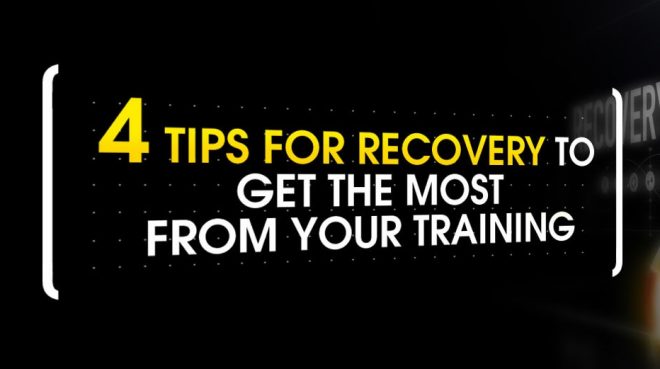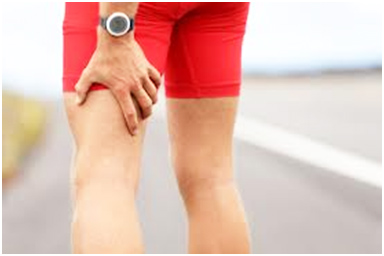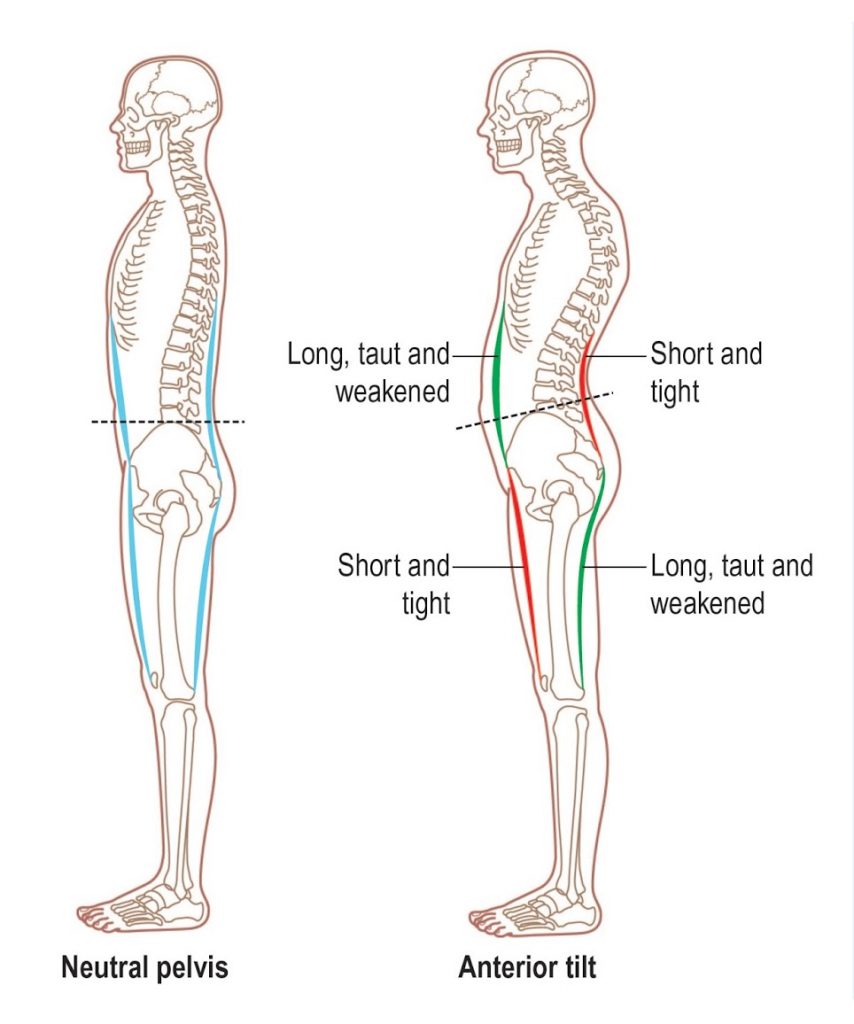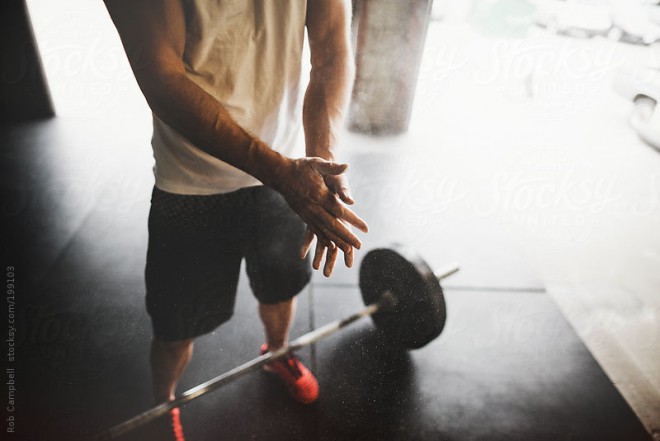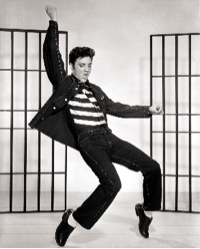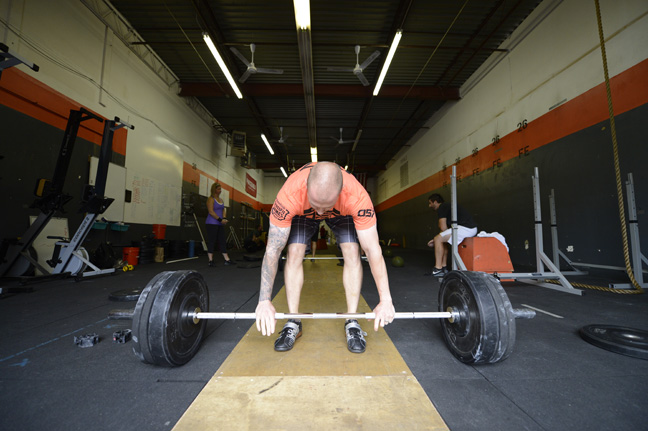August 11, 2017
What does recovery meant to you?
Recovery seems so simple. “I’ll just take the day off.” How do you know if today is the best day to rest? What if it should have been tomorrow? Or worse, yesterday?
The answer to the question, “What day(s) should I take as a recovery day?” can be answered in 2 ways.
1. Every day
2. Consistently
That answer would have given you a C+ on a test as they are very vague. But C’s make degrees, right? Let me elaborate.
1. Every day: We need to recover every day to maintain proper progress within the current training program you are under. Whether you are training for a 5k, marathon, power lifting meet, CrossFit competition, or a potato sack race at your child’s schools field day. In order to maintain progress and keep moving closer to your goals, recovery needs to happen on a daily basis between workouts.
2. Consistently: Keeping your rest days consistent is also a huge part of maintaining progress with your program. Don’t be the guy/gal who goes 2 days on and 4 days off, then goes 6 days on, 1 day off, 5 days on, etc. etc. The best designed training programs build in rest days to allow the body to heal and restore after specific stimuli are placed on the system. The caveat here, is that the program must be developed by someone knowledgeable and experienced in periodization, and well as physiological systems. This will help you maintain a consistent approach to you rest days. For example: (3 days on) – (1 day off) – (2 days on) – (1 day off) – (3 days on) repeat for infinity (or until your Mexican vacation..ahem 7 days off). This is very individualistic as well. Talk to you coach, trainer, chief in charge, and discuss the best plan for you and your schedule.
To get the most bang for your buck there are 4 main recovery variables that need to be addressed:
1. Sleep: Sleep allows the body to reset. Hormones fluctuate and balance out during sleep. It is also crucial for homeostasis and metabolic regeneration of muscle tissue. A study showed that chronic restriction of sleep to 6 hours or less per night produced cognitive performance deficits equivalent to up to 2 nights of total sleep deprivation. This type of restriction can seriously impair waking neurobehavioral functions in healthy adults. The moral of the story is get AT LEAST 6 hours of sleep to maintain healthy bodily functions as well as training progress and gains.
2. Nutrition: I will include supplementation and hydration in this category as well. A lean body was built in the kitchen, not in the gym. Think of food as fuel. You need to make sure that you are getting the right amount fuel at the right times in order for your body run as efficiently as possible. This will also speed the recovery from DOMS (delayed onset muscle soreness), and it will help you sleep more soundly. Your cells will functional at a higher level to do more ‘out with the bad and in with the good’ scenario. Your body is 70% water, so drinking water is a no-brainer. Supplementation is exactly that, supplemental. Whatever you are not getting from your food, you should supplement. Consult you coach, training, of nutritionist for a specific approach. But you won’t go wrong with a fish oil, magnesium, Vitamin D, and B-complex vitamins.
3. De-Loading: This is directed by your coach/trainer. He/she is in charge of your programming which should always include a de-loading to allow muscle, tendon, ligament, and joints to rest, relax, and recover. This allows for tissue regrowth and body composition change. Contrary to popular belief, the money is made during the de-load weeks. If by money, you mean physique changes, numbers on the scale, and weight on the bar.
4. Self-Myofascial Release (SMFR): Taking care of your tissues is like brushing your teeth. It’s a daily practice that will allow you to move more efficiently, thus reducing the threat of an injury. Every joint in your body needs movement for nutrition. Except for your skull sutures. We don’t want those to move. If muscular soreness is limiting a joint from is full range of motion, then the joint will eventually become painful if placed into the full range. Foam rolling, lacrosse balls, massage sticks, etc. will do the trick. The key is to find the areas that need it the most (hurts so good sensation) and attach those to a level of 4-6/10 pain scale. We want this to be therapeutic. The beautiful thing about SMFR is that it only takes about 2-3 minutes to make the biggest effect. If there’s still pain or limitation with movement, give us a call here at InBox Rehab. We’ll fix you up before you need a lot of rest.. like after surgery.
Remember to trust your intuition. If you’re back and legs are torched from moving boxes and unpacking all weekend, a 1 RM deadlift workout is not safe for a Monday morning session. Take a rest day.
Dr. B

